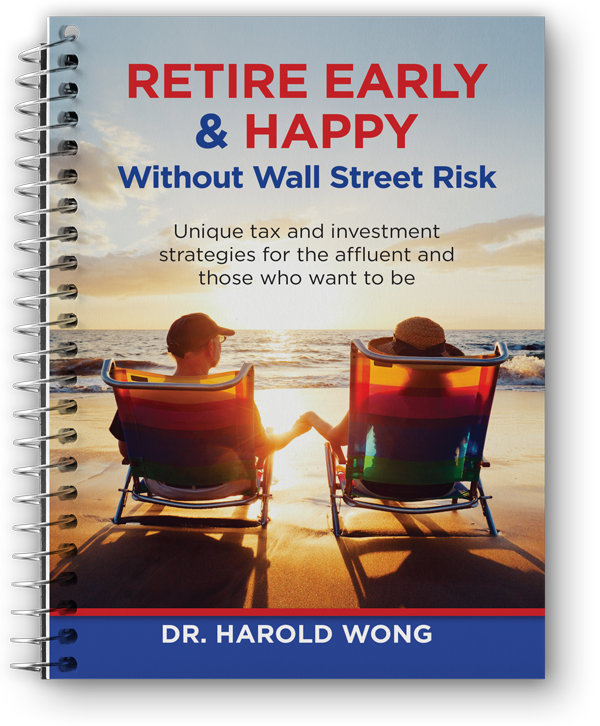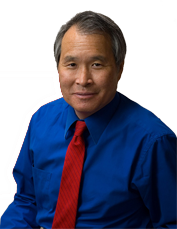

Works Written by Dr. Wong
Investment Alternatives to Banks or Wall Street
Ahwatukee Foothills News by Dr. Harold Wong
Last week I attended a two day conference in Scottsdale, AZ on the topic of Alternative Assets. This term refers to alternative investments to the normal bank CDs, bonds, stocks, mutual funds, and other Wall Street assets.
Included in the term “Alternative Investments” include all sorts of real estate formulas; private lending and equity; oil and gas; equipment leasing; commodities; and precious metals such as gold and silver.
For decades, a commonly suggested portfolio is to have 60% stocks (or a stock-heavy mutual fund or ETF) to offer long-term growth potential but also has higher risk and volatility. The 40% in bonds (or a bond-heavy mutual fund or ETF) is supposed to offer stability, income, and a buffer against stock market downturns.
Over the last 20 years, there has been a trend among college endowment funds and the wealthy to add alternative investments to the portfolio. In a May 8, 2025 article by Larry Rothman, he cited Prequin’s Institutional Allocation Study 2025. Endowments and foundations had more than 35% of their portfolios invested in alternative assets at the end of 2024. In contrast, the normal retail investor’s portfolio has 0% allocated to alternative investments.
A study by iCapital showed that adding a 20% allocation to alternatives in a traditional portfolio would have increased returns and reduced drawdowns during stock market stress. For some investors, Morgan Stanley suggests replacing the 60% stocks/40% bond portfolio by adding gold so that it is 60% stocks/20% bonds/20% gold.
The downside of most alternative investments is that it’s not as liquid as stocks, bonds, and mutual funds, which can be easily bought or traded with a computer click on your financial firm’s investor portal.
What were some of the interesting investment concepts covered at the recent conference? In real estate, there is the “PadSplit” concept. Investors typically rent out a 4-5 bedroom home to tenants who, in the Phoenix Metro area, typically pay $200-$250/week. The houses are well-kept and normally in desirable neighborhoods, and the rent is typically half of what a one-bedroom apartment would cost. The tenant has no minimum credit score requirement and utilities are included. It offers the tenant flexibility to rent by the week without having to sign a one-year least and put upfront at least 1-2 months’ additional rent in the form of a security deposit.
The PadSplit company advertises for the tenants and typically charges 15% of the gross rent as their fee. The net rent for the owner of the house is typically larger than what a one-year lease to a family would be. The tradeoff is higher rent for short-term tenants vs. the stability of a family renting the house for a full year. The owner has less management work than if he did the Airbnb concept, which is like operating a hotel.
An exhibiting company at the conference specialized in buying distressed apartment buildings; sprucing them up; and increasing the occupancy rate. There are a number of distressed apartment buildings or owners because: rents have not increased in the last 2 years; lots of competition from new luxury apartment buildings built in the last 5 years; the doubling of interest rates compared to four years ago affects apartment owners who have to refinance current low-interest mortgages with much higher rate new mortgages. Buying distressed situations allows a bargain purchase price that is much less than the cost of building a new apartment building.
Conclusion: Most retail investors own no alternatives, but it is a hot trend among the big boys.
To RSVP for future seminars or schedule a free consultation, please contact Dr. Harold Wong at (480) 706-0177 or
Dr. Wong earned his PhD in Economics at UC Berkeley in 1974 and passed the National CPA exam in 1979. He has appeared on over 400 TV/Radio programs.
Office Address
90 South Kyrene Rd
(Says Suite 1 on the front door)
Chandler, Arizona 85226
Click here to schedule a FREE Strategy Session
with Dr. Wong

